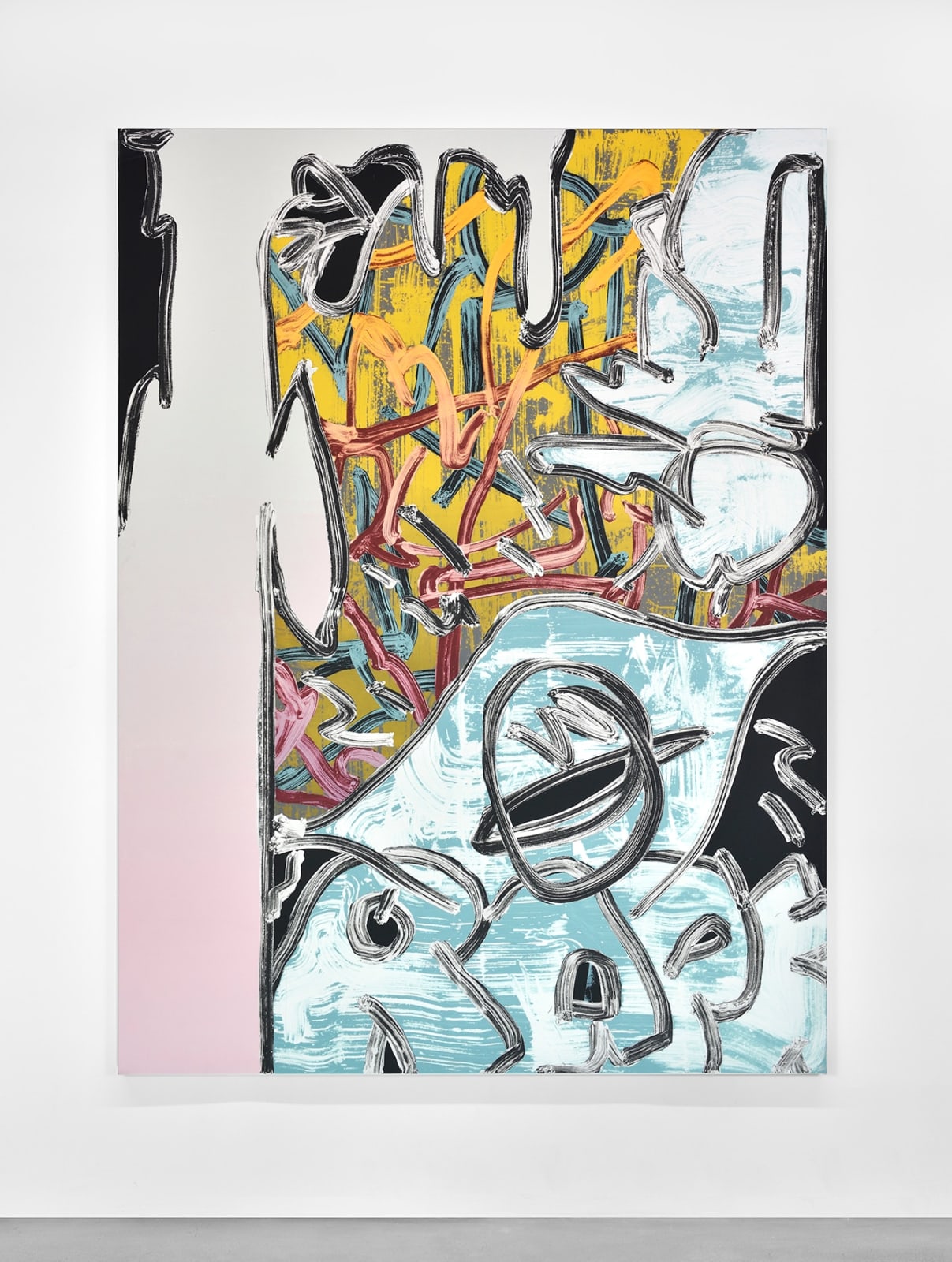Pablo Tomek FR, 1988
Eyes on you, 2020
Acrylique sur toile
Acrylic on canvas
Acrylic on canvas
94 1/2 x 70 7/8 in
240 x 180 cm
240 x 180 cm
PT080
© All rights reserved to the artist.
Pablo Tomek extends his series of paintings made with sponges, which borrow their subjects and techniques from the practices of workers, from the white of Meudon spread on the windows...
Pablo Tomek extends his series of paintings made with sponges, which borrow their subjects and techniques from the practices of workers, from the white of Meudon spread on the windows of construction sites, to the practice of erasing graffiti in public space, to the karcher. Presented "elbow to elbow, like a frieze," Tomek recalls his attachment to these damaged writings. So many amateur and anonymous street signs, of which Brassaï said: "Engraving his name, his love, a date, on the wall of a building, this 'vandalism' cannot be explained by the need for destruction alone. Rather, I see in it the survival instinct of all those who cannot erect pyramids and cathedrals to leave their name to posterity." Tomek explains: "Unlike my early paintings, these motifs and messages are no longer pretexts for an abstraction, but purely reproduced, and dictate the composition of the painting."
